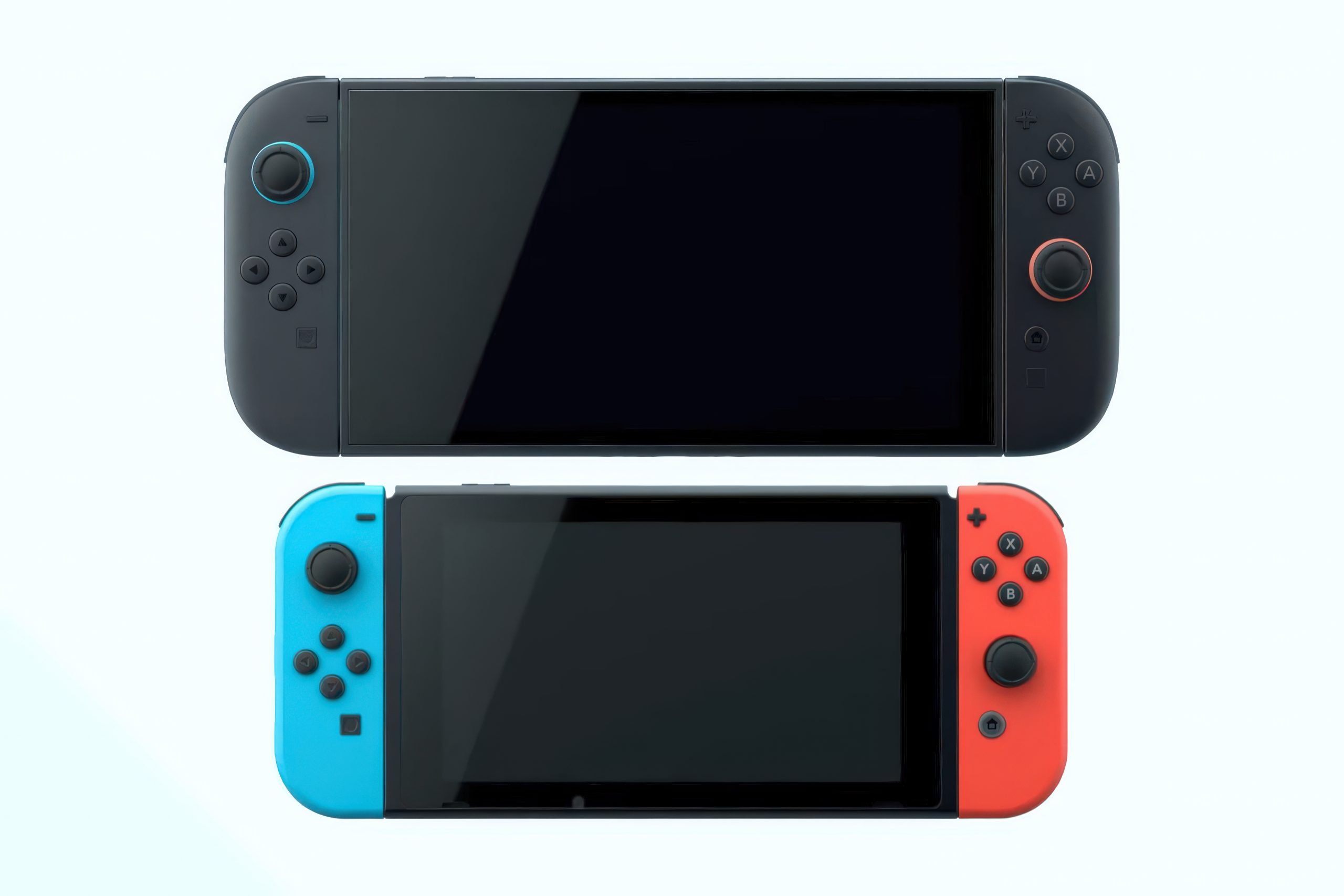The Nintendo Switch 2 has been facing some criticism since its release earlier this month, especially regarding its display performance. A recent review from Monitor Unboxed sheds light on some troubling details about the console’s screen response time that might be even more concerning than previously reported issues with HDR and Variable Refresh Rate (VRR). 
While the console offers some upgrades, its display still falls short in several critical areas.
Monitor Unboxed, a channel known for its in-depth reviews of PC displays, decided to test the response time of the Nintendo Switch 2’s display. Using a manual method to conduct 20 gray-to-gray transitions at 60Hz (since no current games support the max 120Hz), they found the average response time to be 33 milliseconds. To put that into perspective, typical PC monitors boast response times between 6 and 20 milliseconds. This makes the Switch 2’s display about 50% slower than the original Nintendo Switch, which clocked in at 21 milliseconds.
One of the potential reasons for the slower response time could be the absence of Overdrive technology, which is common in most modern displays. Overdrive helps improve response times by applying higher voltage, but this would drain battery life-a concern for any handheld device like the Nintendo Switch 2. With a larger 7.9-inch display, a higher resolution of 1080p, and greater brightness (430 nits versus 310 nits in the original), battery life is already under pressure.
The test also revealed that the display’s response time is almost twice the 16.7ms frame interval at 60Hz, which means it can’t fully update before the next refresh cycle. This results in noticeable blur trails and poor motion clarity, especially in high-speed scenes. Despite the console’s ability to support 120Hz, the panel’s slower response time means it won’t significantly improve motion clarity.
In terms of solutions, an OLED display could solve many of these issues. OLED technology offers much faster response times and better motion clarity, not to mention superior contrast, which would address the console’s lackluster HDR performance. However, until Nintendo shifts to OLED, the current LCD screen does have one advantage over its predecessor: a wider color gamut. The Switch 2’s screen covers 98% of the DCI-P3 color space, up from the 79% on the original model.
Despite these display shortcomings, the Nintendo Switch 2 is flying off the shelves. This highlights that, for many users, these technical details are secondary to the overall gaming experience. After all, the console offers a larger display, higher resolution, and better color accuracy-features that matter more to some than motion clarity and response time.
3 comments
Okay, so the display is a bit slower, but at least the Switch 2 looks great! Better colors for sure. 😎
lol this is a joke, does anyone really care about this? I only use mine on TV anyway
I’ve never cared about response time as long as it looks good for my casual gaming. 😅